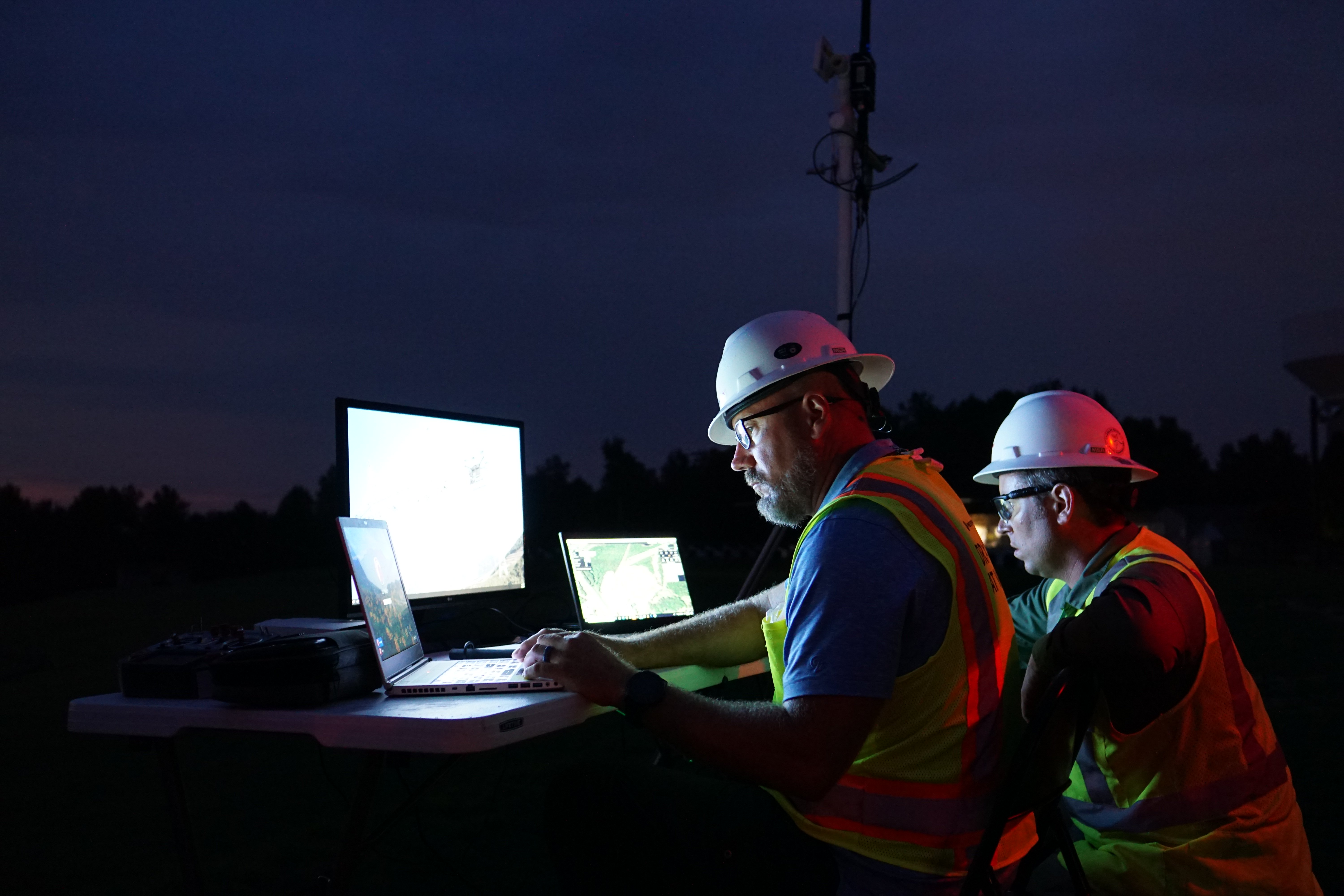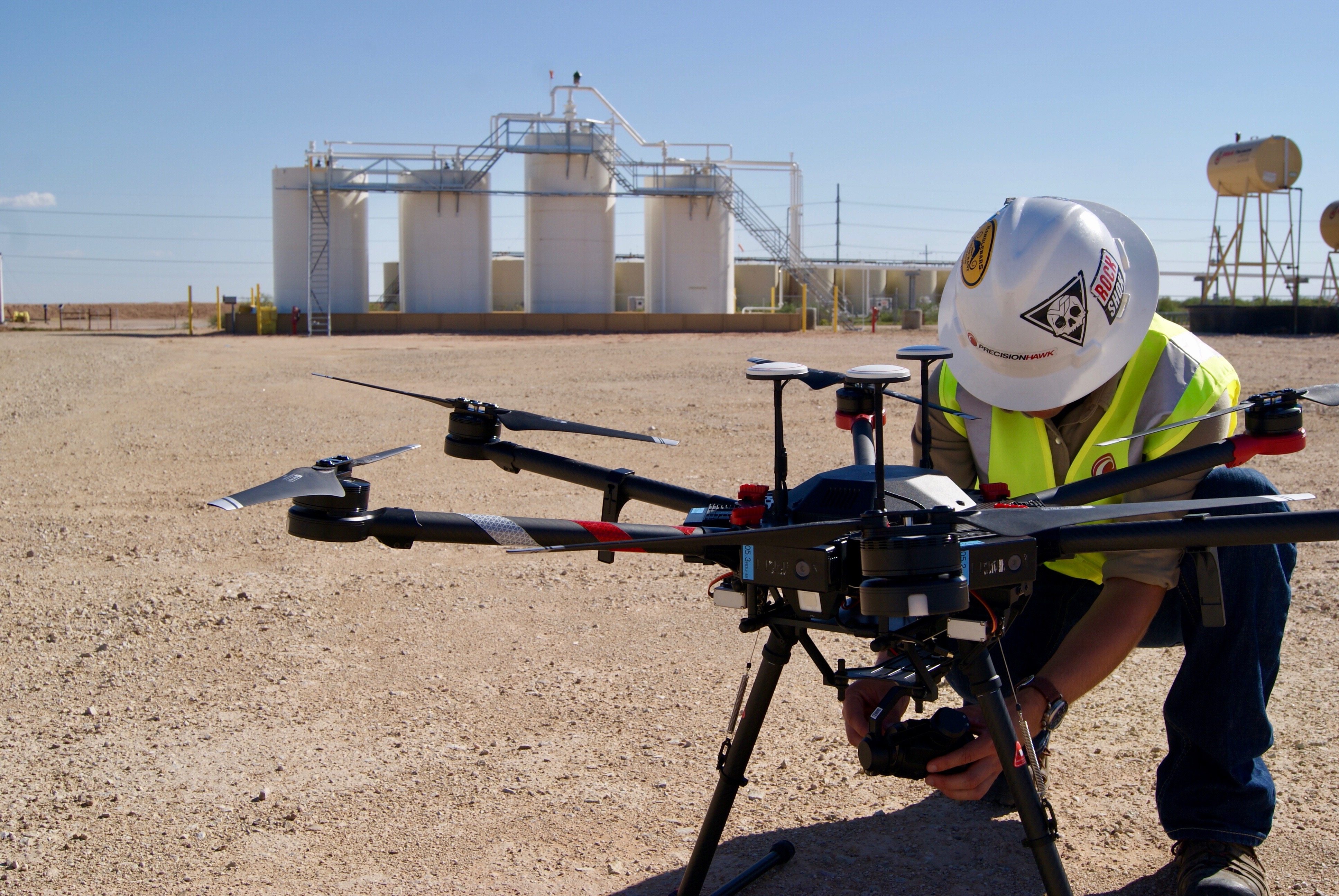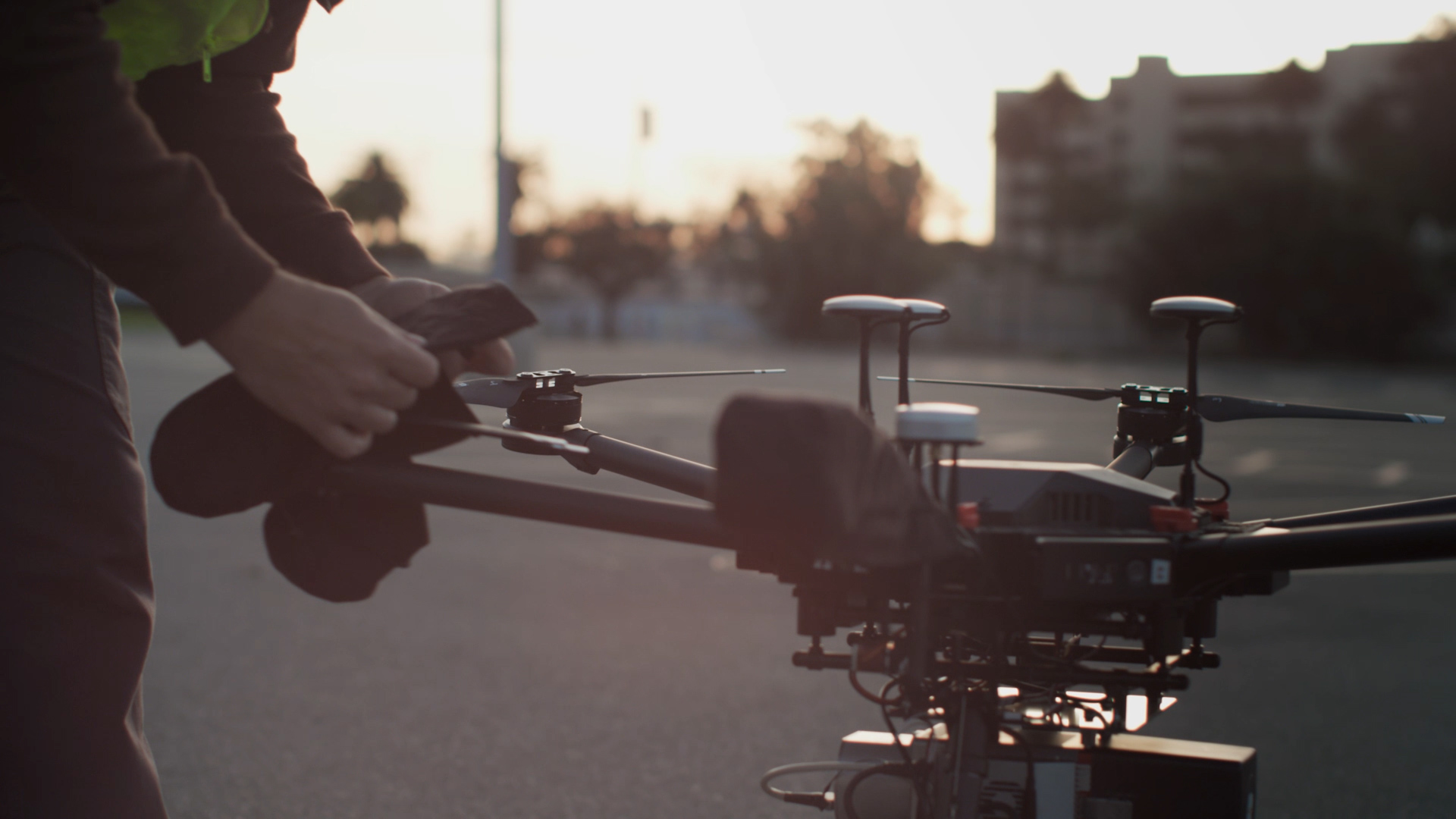The following is an excerpt from “Making a Successful Business Case for Drone Technology,” a whitepaper that provides guidance for developing a business case that articulates the problems with the current situation and demonstrates the benefits of drone technology. Download the full whitepaper to learn how to develop your own business case for drones.
As mentioned previously, most problems have multiple solutions and may often warrant an option appraisal. With drone investments, your options often fall into three categories:
- Build: Insource the data value chain
- Buy: Outsource the data value chain
- Both: Use a combination of insourced and outsourced people, processes, and technology for various components of the value chain
It basically comes down to deciding who should collect data about your assets’ health. That, of course, depends on your requirements, timeline, budget, and appetite for risk.
Build
When you insource (build) your drone operations, you do it all. The main benefit of this approach is that you can cross-train existing staff. The staff that deploy ground teams or aerial lifts can opt for a drone when applicable. Also, you can capitalize some costs associated with program startup and maintenance (such as equipment costs). However, this method requires a greater up-front investment of your time, capital, and labor, and exposes your program to aerospace regulatory and safety risks. Not to mention, you’ll need to stay apprised of changes in technology and regulations, and also apply for a regulation waiver if you want to deploy a drone solution at scale.

Buy
When you outsource (buy), a third party collects data and manages the drone deployment end-to-end. The benefits of this approach are that you can save on costs and resources required for drone operations, including staffing, training, equipment investment and management, and regulatory compliance. You also shield your business from the nominal risk of aircraft incidents and can scale to meet gradual increases or spikes in demand. A drawback of this approach is that your inspection operations are segmented from your maintenance operations. (For example, when maintainers fly, they can conduct immediate spot maintenance.) Also, your costs are entirely operational.
Both
A hybrid strategy (both) involves establishing a staff of drone operators and augmenting that staff with third-party providers when needed. Typically, on-staff operators are allocated to high-value or complex inspection tasks, while outsourced flight operators are relegated to routine or one-off missions, such as emergency response or pre-operation / commissioning inspections. Using this strategy, you get many of the benefits of outsourcing and you can focus your staff on critical missions. However, the drawback is that your program will incur many of the same startup costs and labor—such as equipment procurement, regulatory filings, and program development—associated with fully insourcing drone operations. And though manageable, you’ll need to coordinate missions between internal and external resources.
Table 1 is a simple example where two scenarios are compared with existing traditional inspection techniques. The green highlight indicates the lowest cost alternative, yellow the next most costly, and red the highest.
Table 1 - Scenario Comparison
|
Item to Inspect |
Inspections per Year |
Cost reduction |
Costs per Inspection (FTE Drone Program) |
Costs per Inspection (Contractor Drone Program) |
Costs per Inspection (Traditional) |
|
Asset 1 |
25 |
69% |
$1,250 |
$1,050 |
$3,400 |
|
Asset 2 |
120 |
58% |
$2,250 |
$1,430 |
$3,400 |
|
Asset 3 |
100 |
-163% |
$158 |
$140 |
$60 |
|
Asset 4 |
24 |
93% |
$2,100 |
$2,400 |
$30,000 |
|
Asset 5 |
121 |
58% |
$2,900 |
$1,430 |
$3,400 |
Each option will have a different scope, schedule, cost, quality, and set of resources and stakeholders, so it’s best to use a uniform set of metrics for cost comparison and bottom-line value benefit across scenarios. For example, you could compare the costs of building your program to incorporate a set number of FTEs with one that optimizes your current program with existing FTEs against one that combines the two with existing FTEs and contractors. (FTE stands for “full-time equivalent.”) It refers to the number of hours worked by a single employee in a week. Keep in mind for a business case you will need to factor for things like the annualized cost per FTE, the hourly rate of outsourced work, and the operational rate of internal work.
Download our white paper “Making a Successful Business Case for Drone Technology” to learn more.



